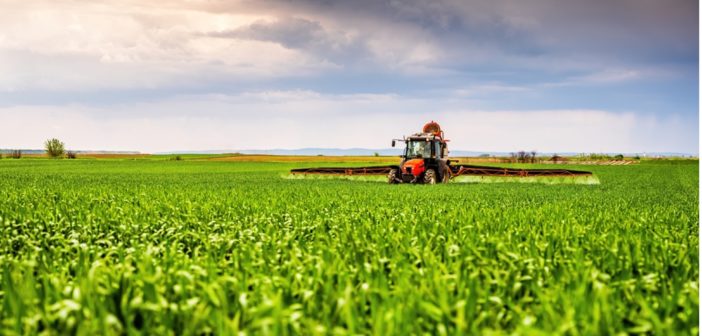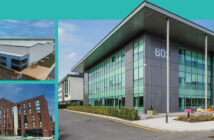Agriculture is at the forefront of the fight against hunger and food insecurity. With a population of more than 9 million people, there is a growing threat of starvation in many parts of the world.
Therefore, food growers need to be 70 percent more productive to meet food demands by 2050. This is a lot of pressure on farmers and others involved in food production.
Nowadays, producing food has even become more challenging as most of the land suitable for agriculture is already being exploited. Bad farming practices and urbanization are reducing soil quality by destroying ecosystems and microorganisms that feed the soil. And talking about climate change, agriculture activities contribute to more than 25 percent of greenhouse gas emissions. All of these affect the weather negatively, which is a major factor in food production.
To overcome these issues, we will need to start practicing precision agriculture to boost field productivity. Humans need to look for techniques to produce more food without doing extensive damage to the environment. So, we need new technologies to wean us from these bad practices.
One of the main ways that governments and private-owned businesses can increase their profits and productivity is by adopting sustainable and efficient land use. So, they need to protect, restore, and efficiently manage natural resources. All of these actions will significantly improve food security worldwide.
The role of space technology in precision and sustainable agriculture
Every satellite is launched for a reason. Geolocation satellites are well placed to help in our sustainability efforts. Now, decision-makers have access to satellite data which can be used to make smarter decisions to increase productivity and reduce waste production.
With the use of satellite technologies, governments and private companies are able to monitor large acres of land remotely and measure their assets. This data can be used to prove and quantify their sustainability to customers and concerned parties such as investors.
Benefits of using precision farming
Precision agriculture is a farming technique that decreases the amount of waste produced by a farm. It is the use of technology to know exactly when, where, and in what quantity to perform important farming activities like planting, fertilizing, irrigating, and harvesting. These practices increase crop yield and decrease costs and waste. Here are some of the activities where precision farming is helpful:
- Sampling the soil
- Replanting
- Scouting
- Irrigating
- Fertilizing
- Pest, weed, and disease control
- Post-season benchmarking
- Planning harvesting and logistics
Precision agriculture technologies for a sustainable future
Remote sensing technology helps farmers monitor the health of their crops from afar. The data from satellites gives growers information about crop stress levels, the landscape’s topography, disease, and nutrient levels. Nowadays, satellite images are taken in high spectral resolution giving farmers accurate and up-to-date information.
It is very time-consuming and costly to send scouts into the field blindly. However, with the help of satellite data, scouts can know the exact location for intervention, saving lots of time and resources. Farmers can plan farm activities with precision and increase their profits.
Satellite data allows:
Yield monitoring and mapping: Mapping a large field manually can take days and even weeks. Also, when mapping a field, all environmental factors like weather conditions and landscape need to be considered. Remote sensing is one of the best methods to achieve these results. The data from satellites gives farmers a 360 degrees view of their entire field and the state of crops. Remote sensing tools like EOS Crop Monitoring offer farmers precise data on the readiness of their crops for harvest using different vegetation indices.
Micro Irrigation
Irrigation is good for agriculture. However, if done in excess can damage the soil. That is why micro or drip irrigation is practiced to ensure that just the right amount of water is used where necessary. This process is called variable rate irrigation (VRI).
Sowing prediction
Yield prediction is one of the benefits of precision farming and remote sensing. Using satellite technologies, farmers can predict their crops’ yield. This gives them a head up to make interventions when necessary or influence their decision on which crop to sow. For example, if satellite data predicts that there will be an extended drought period, farmers can decide to grow crops that can go for longer periods without water. This will ensure that much of their crops are not lost.
To learn more about how various agriculture-engaged industries can promote sustainability and make profits, it is advisable to attend the webinar by EOS Data Analytics. Members from the IT, agriculture and fintech industries are advised to attend. They will learn how to use satellite technologies to generate profits even in unfavorable conditions.
As many more people become aware of the impact of conventional agriculture on the environment, farmers will soon have no choice but to switch to sustainable practices. EOSDA is one of the companies promoting this change by developing cutting-edge technologies to improve production while ensuring sustainability and Earth’s resources preservation.




